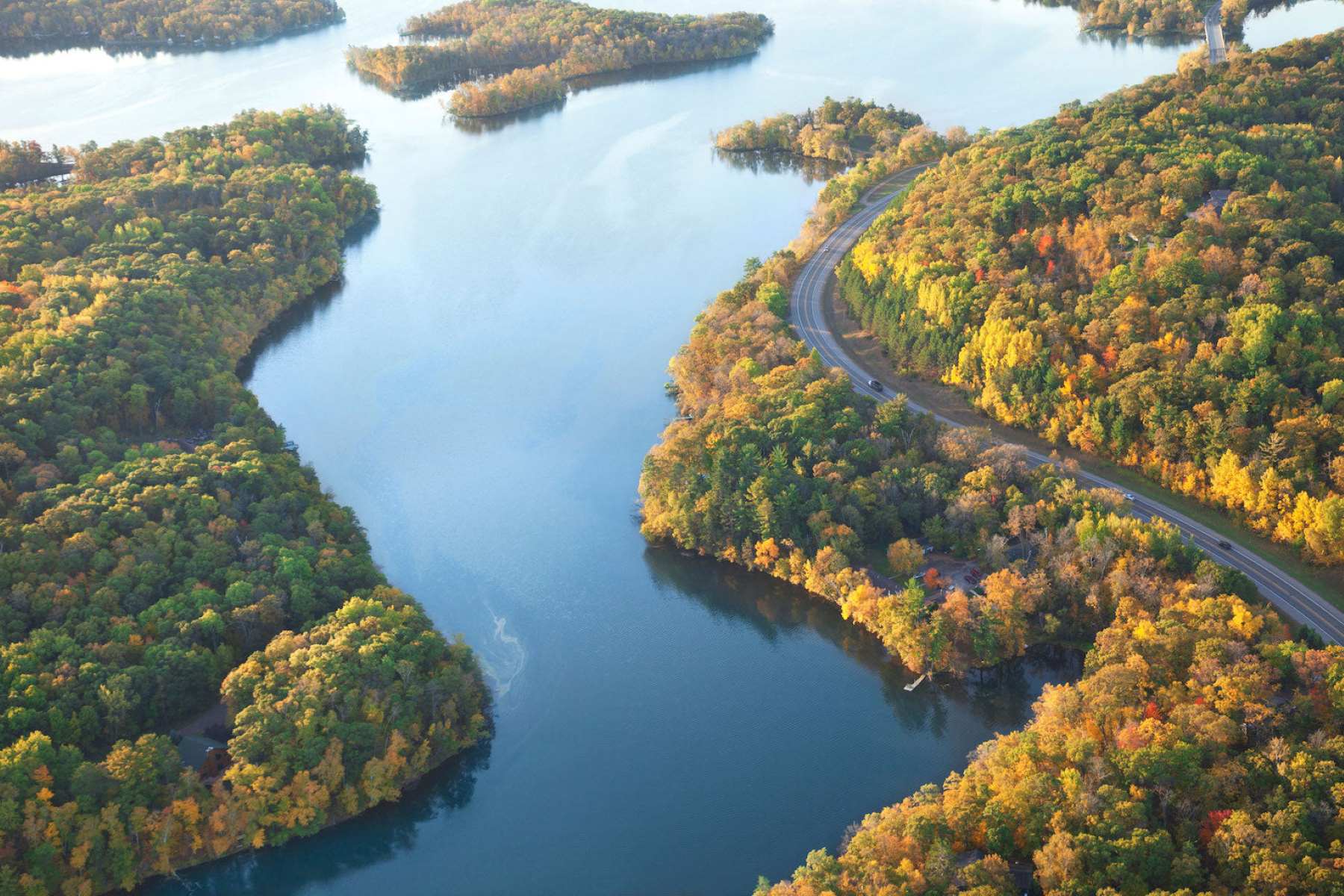Hidden Liquefaction Zones Of The Mississippi Valley

Have you ever wondered about the hidden liquefaction zones of the Mississippi Valley? These areas, often overlooked, hold fascinating secrets beneath their surface. Liquefaction occurs when saturated soil loses strength due to stress, like an earthquake, causing it to behave like a liquid. The Mississippi Valley, with its rich history and unique geology, has several such zones. Understanding these zones is crucial for anyone living in or visiting the region. It helps in preparing for potential natural disasters and appreciating the valley's geological complexity. Let's delve into the mystery of these hidden liquefaction zones and uncover what makes them so intriguing.
The Enigmatic Liquefaction Zones of the Mississippi Valley
The Mississippi Valley, known for its rich history and vibrant culture, hides a lesser-known secret beneath its surface: liquefaction zones. These areas, where the ground can suddenly turn to quicksand during an earthquake, pose unique challenges and mysteries. Let's uncover some of these hidden spots.
1. New Madrid, Missouri
New Madrid is infamous for the series of powerful earthquakes that struck in 1811-1812. These quakes caused widespread liquefaction, turning solid ground into a slurry of sand and water. Today, the region remains a focal point for seismologists studying liquefaction.
2. Reelfoot Lake, Tennessee
Reelfoot Lake, formed by the same New Madrid earthquakes, is another significant liquefaction zone. The lake's creation involved massive ground shifts and liquefaction, making it a natural wonder with a dramatic origin story.
3. Blytheville, Arkansas
Blytheville sits on the edge of the New Madrid Seismic Zone. This town experienced severe liquefaction during the historic earthquakes, with sand blows and fissures altering the landscape. Modern studies continue to monitor the area for seismic activity.
4. Caruthersville, Missouri
Caruthersville, located near the Mississippi River, also felt the impact of the New Madrid earthquakes. Liquefaction here caused the ground to crack and shift, leaving behind a terrain marked by sand boils and depressions.
5. Tiptonville, Tennessee
Tiptonville, another town affected by the New Madrid quakes, saw extensive liquefaction. The ground's sudden transformation disrupted the local geography, creating a landscape that still bears the scars of those seismic events.
6. Sikeston, Missouri
Sikeston lies within the New Madrid Seismic Zone and experienced significant liquefaction during the early 19th-century earthquakes. The town's history includes tales of ground upheaval and sand blows, making it a key area for studying liquefaction effects.
7. Charleston, Missouri
Charleston, situated near the Mississippi River, also witnessed the dramatic effects of liquefaction. The ground's instability during the New Madrid earthquakes left lasting impressions on the town's landscape.
8. Dyersburg, Tennessee
Dyersburg, located in the Mississippi Valley, experienced liquefaction during the historic earthquakes. The town's proximity to the seismic zone makes it a critical area for understanding the phenomenon.
9. Cairo, Illinois
Cairo, at the confluence of the Mississippi and Ohio Rivers, felt the tremors of the New Madrid earthquakes. Liquefaction in this area caused significant ground deformation, impacting the town's development.
10. Hickman, Kentucky
Hickman, perched on the banks of the Mississippi River, also experienced liquefaction during the New Madrid quakes. The ground's sudden instability created challenges for the town's early settlers.
11. Memphis, Tennessee
Memphis, though further from the New Madrid Seismic Zone, still felt the effects of the historic earthquakes. Liquefaction in certain areas of the city highlighted the widespread impact of these seismic events.
12. Helena, Arkansas
Helena, located along the Mississippi River, experienced liquefaction during the New Madrid earthquakes. The town's history includes accounts of ground shifts and sand blows, making it a notable spot for studying liquefaction.
13. Greenville, Mississippi
Greenville, situated in the Mississippi Delta, also felt the tremors of the New Madrid quakes. Liquefaction in this area caused ground deformation, affecting the town's early infrastructure.
14. Vicksburg, Mississippi
Vicksburg, known for its Civil War history, also has a hidden story of liquefaction. The New Madrid earthquakes caused ground instability, leaving behind a landscape marked by sand boils and fissures.
15. Baton Rouge, Louisiana
Baton Rouge, though further south, experienced minor liquefaction during the New Madrid earthquakes. The city's history includes tales of ground shifts and sand blows, highlighting the far-reaching impact of these seismic events.
Understanding the Risks
Knowing about liquefaction zones in the Mississippi Valley can help keep you safe. These areas are prone to earthquakes that can turn solid ground into a quicksand-like state. This can cause buildings to collapse and roads to crack.
If you live in or visit this region, be aware of the potential dangers. Make sure your home or business is built to withstand these conditions. Emergency kits and plans are also essential.
Staying informed about the geological risks in your area can make a big difference. It’s not just about knowing the science; it’s about being prepared. The more you know, the better you can protect yourself and your loved ones.
Understanding these risks can help you make smarter decisions and stay safe in the Mississippi Valley.

